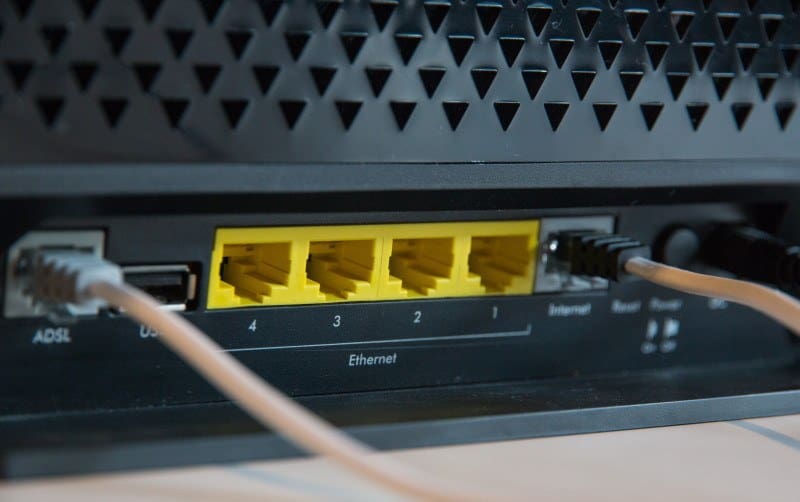Electromagnetic radiation (EMF) can be seriously lethal for you and your family, and if you have recently been attempting to cut down on the level of EMF radiation in your home, a major step that you might have taken is to turn off WiFi router for different time spans during the day.
Wired internet helps you achieve more promising results in terms of slashing the overall levels of EMF in your home. Wired internet is not only safe but it is also secure because no one will be able to sneak into your system in a hacking attack.
If you choose wired internet, you are choosing security, reliability in the wake of bad weather, and amazing speed.
One option for shifting to wired internet is to hire an expert in the field who would come to your home, make an assessment of what you need and then install ethernet cables in your home.
If you can invest in wired internet, this is the best bet. The second best way to reduce WiFi radiation is to invest in a Smart Meter Cover.
Here’s a video summary of the article if you prefer watching:
Reduce WiFi Radiation and Get Hold of the Equipment
Your first step is to purchase the equipment that you need along the way to switching from wireless to wired. The very first thing is the modem that your internet providing company might have leased out to you as many do. Get hold of the modem. Some companies provide a router that has wireless capability. It also is fine if the router has the option of turning off WiFi broadcasting.
You will be needing a bunch of ethernet cables along with an ethernet switch. This switch allows you to form a connection with more than one internet cables. This also allows you to connect all your devices to the wired connection. The best way to do this is to have a general idea about how many devices you need to connect to the wired connection so that you can make sure that there are enough ports on the switch.
You need to opt for a shielded cable that would help you further in the reduction of EMF output. You may be needing an extra ethernet cable for each device that you want to connect to the wired network. You also can share a single cable between different devices if you are not going to use all of them at the same time.
Plug the Cables and Run the Internet
Once you have succeeded in setting up all the equipment in your home, it is time to kick off the process. First, you need to plug your modem and then set it up as per the instructions that you have received from a specific internet service provider. Once the internet connection has been traced, you can plug an ethernet cable into the port on the backside of the modem. Now try to connect the other end of the cable to the ethernet switch.
Your ethernet should be live by now. You need to run the cables from the ethernet switch to all the spots you want to make the connection to in any room or another area that you want to be connected to the internet. If you must take it to the first floor or the basement, you will have to drill through the ceiling or the floor to make possible access to different areas of the home.
The most feasible option is to take the cable along the side of the carpets or the wall. Most people are concerned about the appearance of the cable. To fix this problem, you can run the cable behind the walls in your home or you can simply install a port in all the rooms that need access to the internet.
Time to Connect the Devices
Now that you have set up the system and ensured Internet access to each room in the home, you can connect all the devices to your ethernet. These devices include desktop computers, laptops, televisions, video game consoles, or anything that needs the ethernet.
Connecting your desktop computer and your laptop to an ethernet connection is the best option to go for if you want a considerable decrease in the EMF levels in your home.
You Need to Turn off the WiFi
The first step of the process of going wired is to make sure that you have switched off the WiFi system of your modem. How to turn off WiFi on the Router is the first thing you should do, but there are other options, such as turning off WiFi on all the devices that you have connected to the ethernet connection.
The second option suits you if you want to be selective with the use of WiFi. For example, you can turn it on for your tablet and cell phone when you need it. It will work only on the selected devices. Some of the steps I have included in this short guide may not match how you are going to set up your internet connection. So, if this turns out to be the case, you can consult the user manual for the device you are using.
A hardwired internet connection is what you need if you are worried about the excessive level of exposure to EMF radiation. A wired connection has superiority over WiFi connections because it dramatically controls the amount of EMF radiation in your home. I do not claim that you won’t be needing any technical skills to install the cables.
A small number of technical skills are required to reduce WiFi radiation, and a good amount of time is required to set up the ethernet connection, but when it comes to giving protection to your family from EMF radiation, it is worth the effort.


